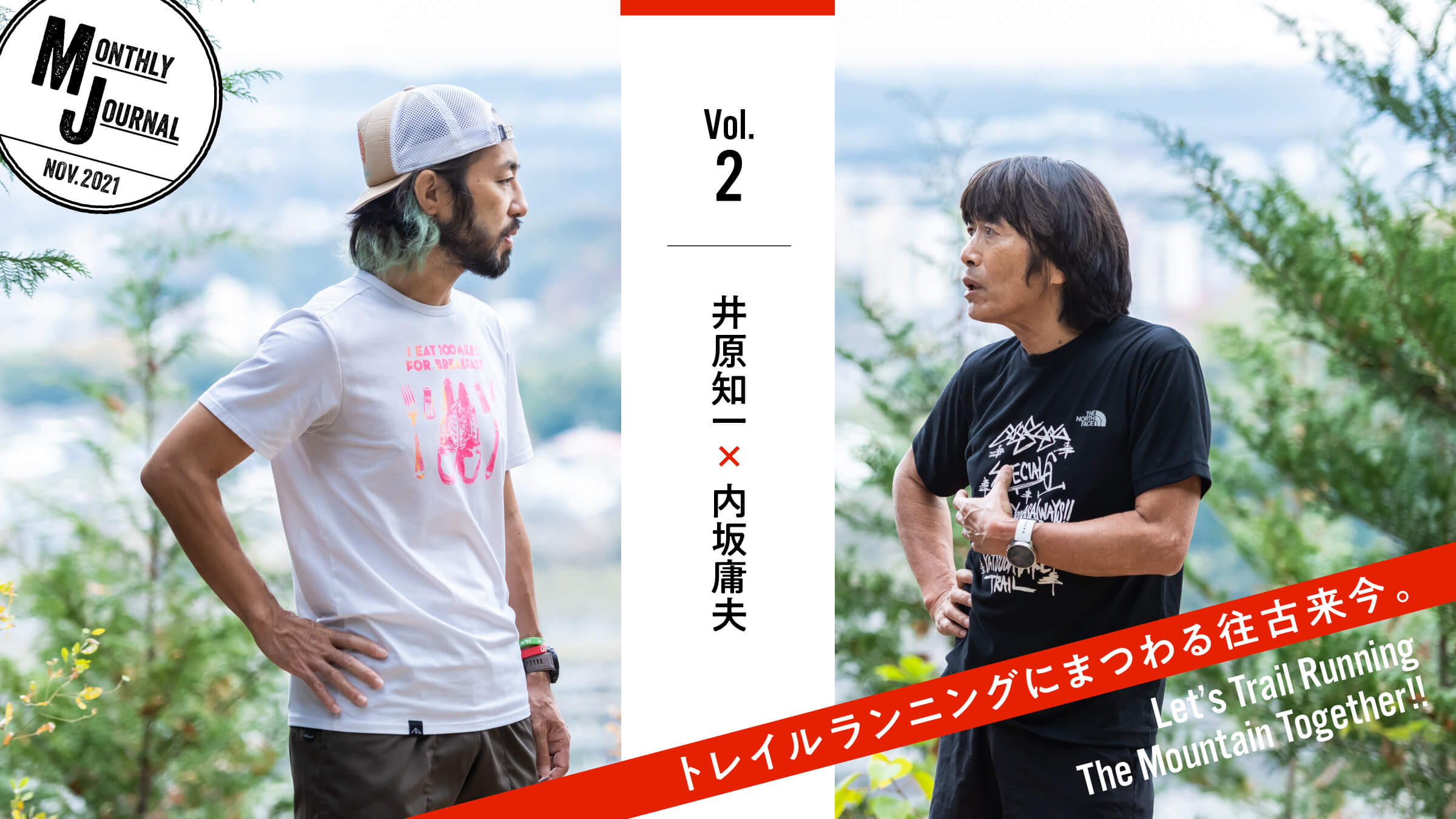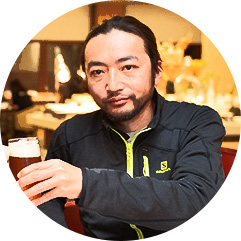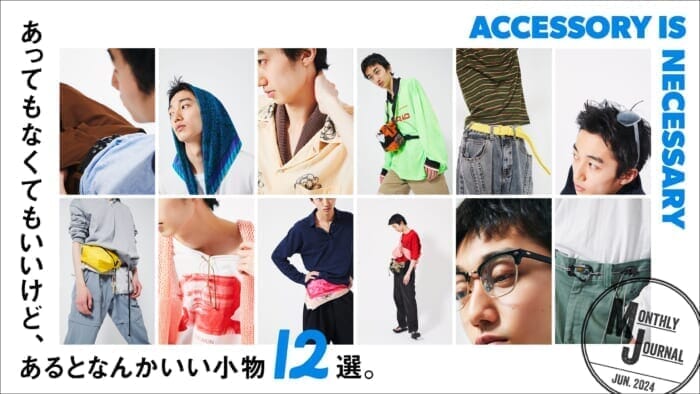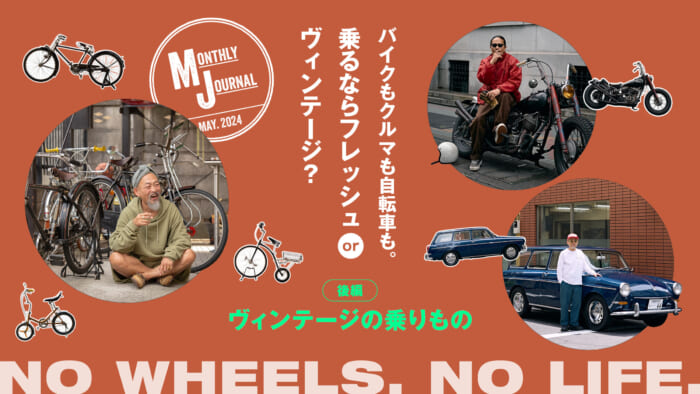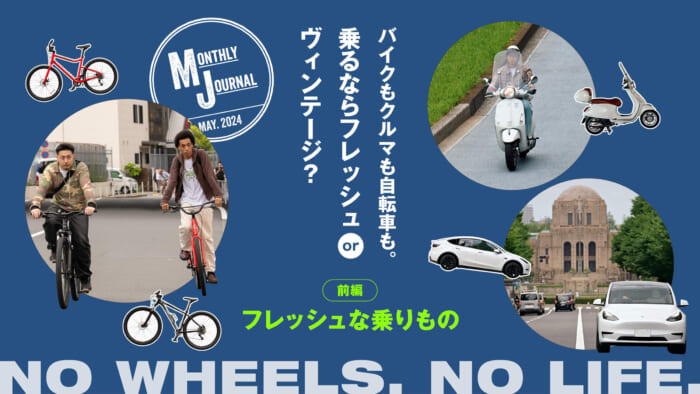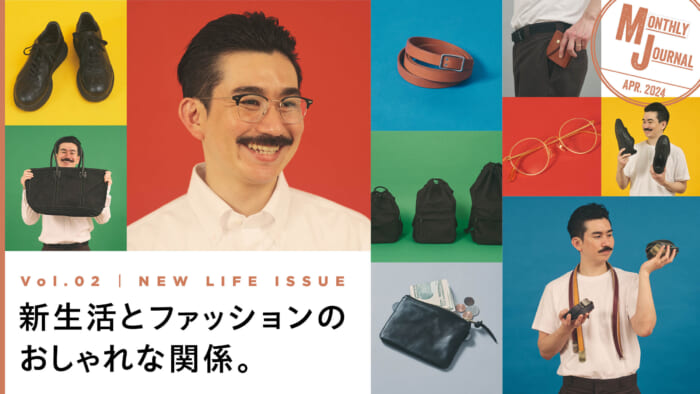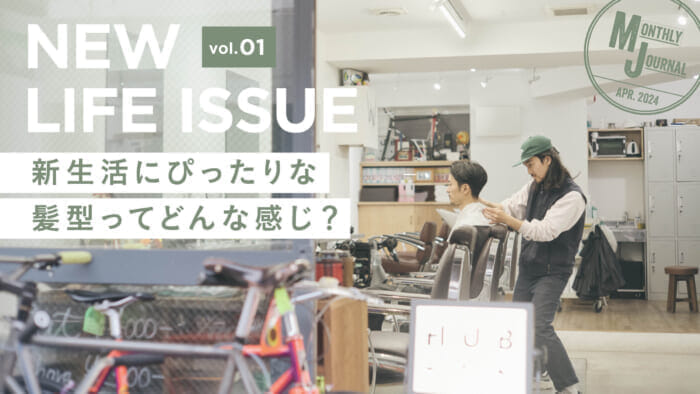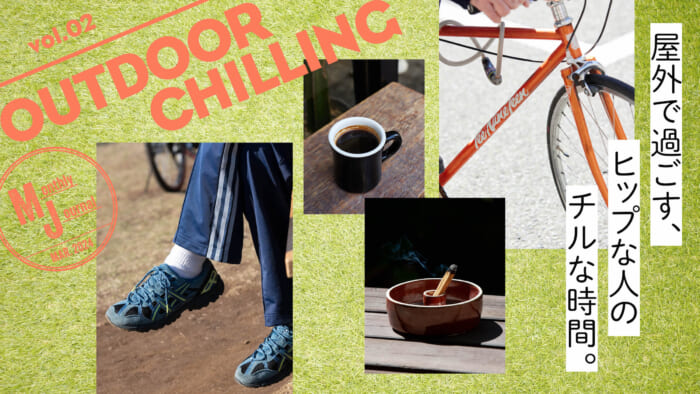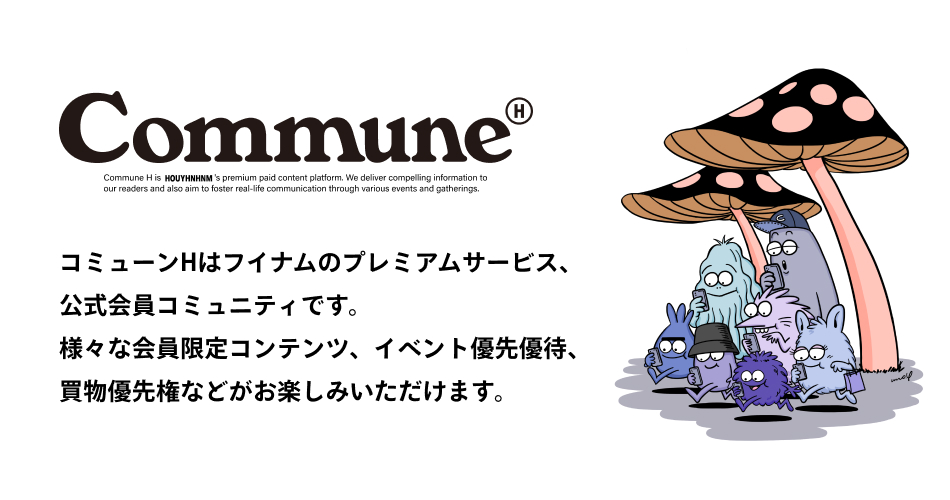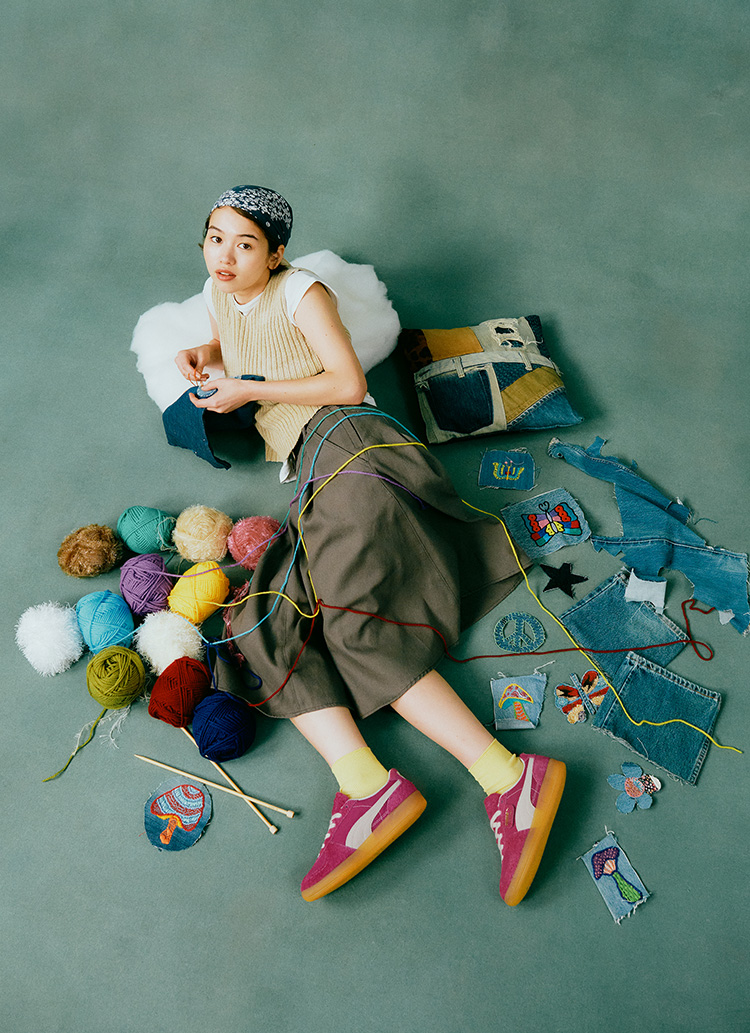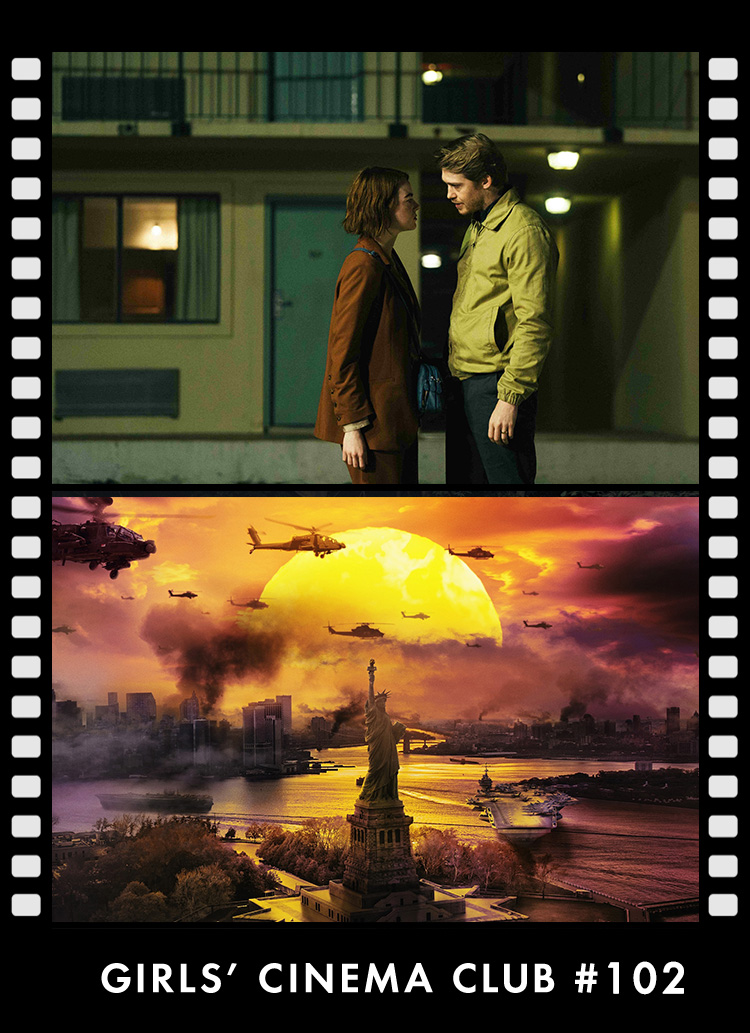Fashionable trail runners and big pants.
Ihara-san, when did you first get into trail running?
Ibara:I started trail running in 2008. It was right around the time of the 2nd Speckled Tail Forest Trail. I was very impressed to see Hiroki Ishikawa, the race director, on the cover of a magazine with lots of sponsors. I started running because I wanted to lose weight, but when I thought of running, it was on a treadmill or on the road. Most people set their sights on running a full marathon, but I went into trail running. It was a big deal that I was working for Ameer Sports Japan, which handles Salomon and Suunto. Suunto sponsored Mr. Ishikawa. I ran a 15-kilometer race on the spotted forest trail. At that time, I thought trail runners were really cool. Trail runners were more fashionable than road runners. I had lived abroad for a long time, in England and the U.S., and I had the impression that they had an American feel to them, and that each piece of gear, even their bags, were just so cool.
I remember the fashionable competitions at that time.
Uchisaka:It was all about Patagonia. Patagonia was the name of the game, and the only big brands in fashion at the time were Salomon and The North Face.

Mr. Uchisaka (left) wearing big pants and trail runner Hiroki Ishikawa during the 2007 "Tarzan" trekking tour . . at the pier near Patagonia's headquarters in Ventura, California. Photo courtesy of Tsuneo Uchisaka.
Ibara:There were a lot of people dressed like copies of Mr. Ishikawa (laughs).
Uchisaka:From a fashion point of view , I thought the pants were big and interesting. In running, you usually strip away the distractions, so why not just wear what we call road running pants? . The T-shirt was the same for both road and trail running, but only the pants were different. They were huge compared to today's pants. They are long and dubby , and the hems are dubby. They were almost like surf pants. I asked Mr. Ishikawa, "Why are trail run pants so bulky? I asked him. He replied, "Because you put things in them. He said, "Because you put gels, first aid kits, and many other things in the pockets, so you need pockets. That's why my pants are so big.
Ibara:. I used to wear big pants, too. . I have the image of Ishikawa-san being ahead of his time. Before Kaburaki-san became famous at UTMB, Ishikawa-san was doing great things, but the people around him could not keep up with him. It was Kaburaki-san who had the best results and the timing was right for his growth.
Uchisaka:. yes, that's right. Mr. Ishikawa competed in the UTMB in 2005, before Kaburaki. He, you know, was in 4th place until the halfway point with no support. He finished in 13th place.
Ibara:That's great.



